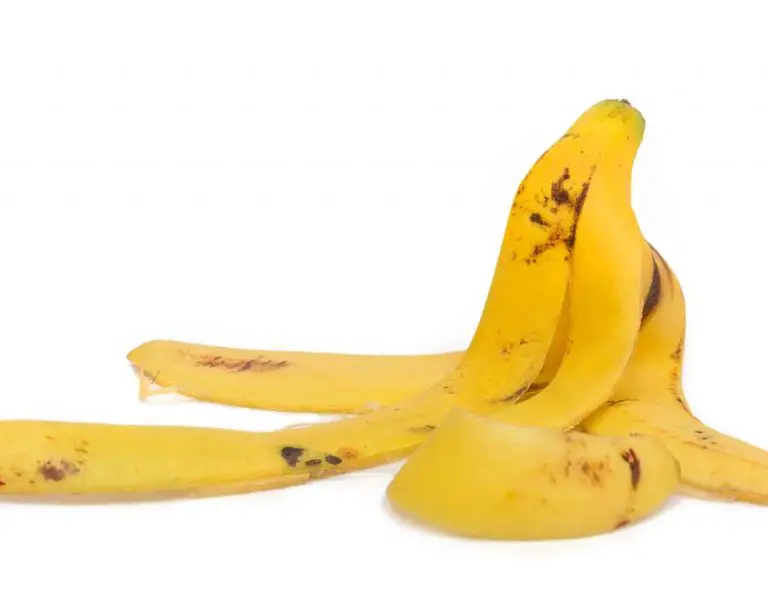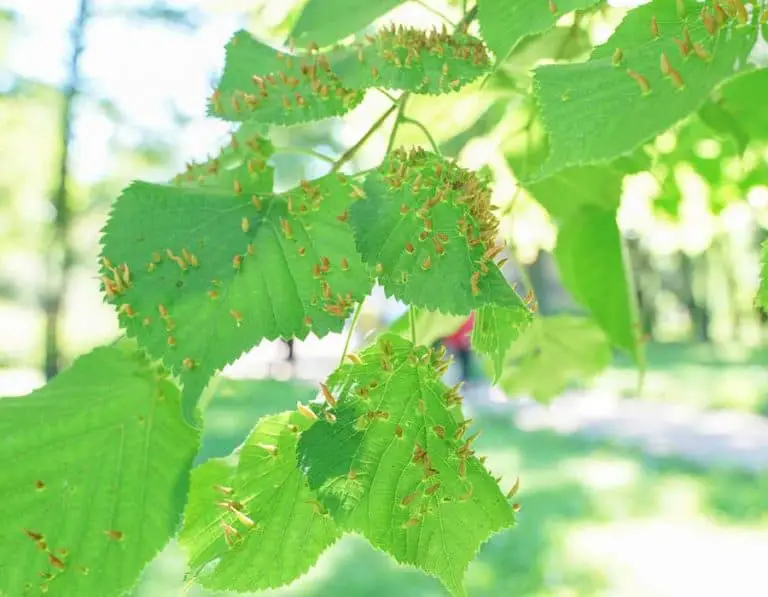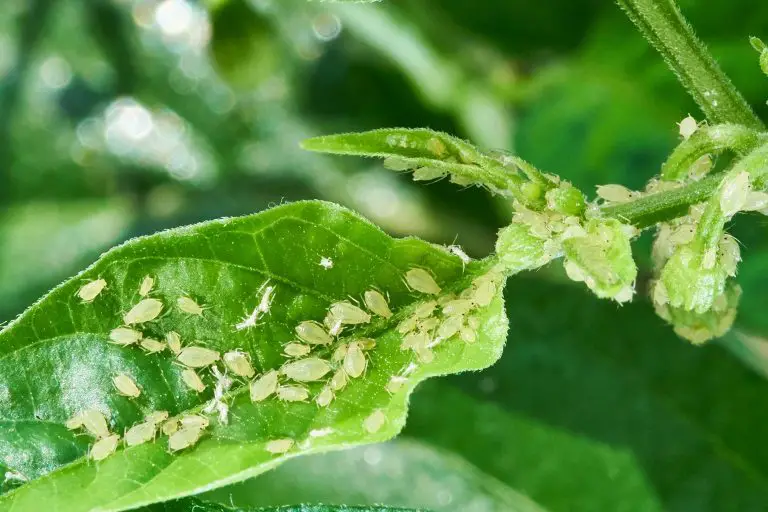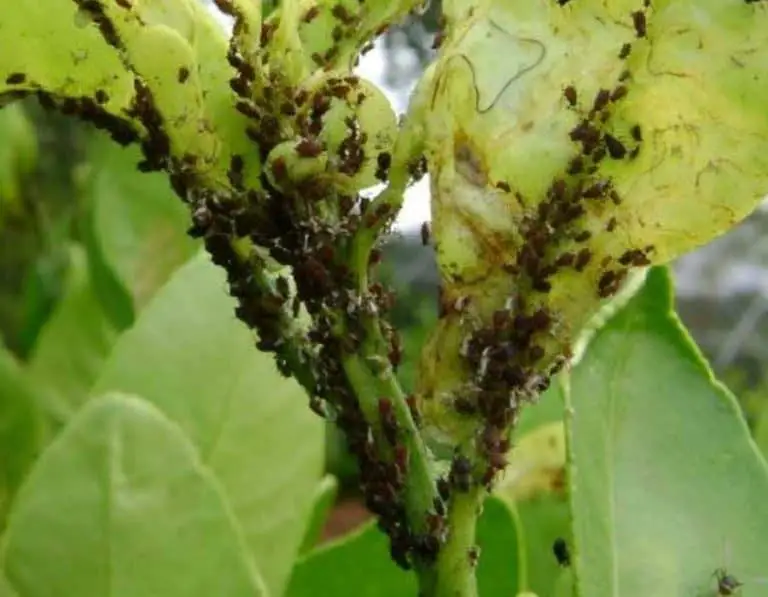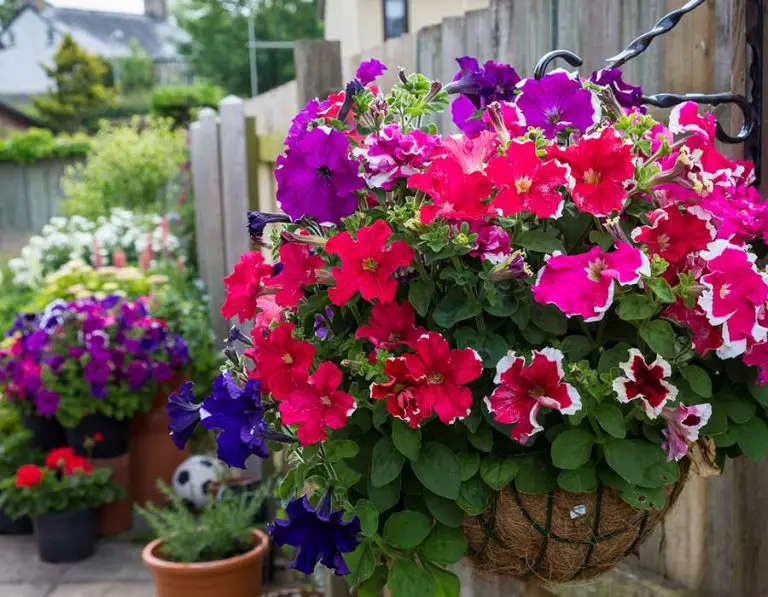Do Aphids Fly?
What is the one word that comes to your mind when you see aphids on your plants? It is ‘annoying’ for us. Often identified by their green color, aphids are literally sapsuckers that don’t take long to grow in numbers and damage your plants without warning.
What’s worse is that these often green bugs can significantly weaken your plants by sucking all the nutrients, harming the fruits and flowers. However, people often ask how do they do that? Do aphids fly, or do they use other tactics to travel in your garden?
Some aphids are born with wings, and they can fly. However, those who don’t have wings choose to crawl.
In this article, let’s explore this bug further and find ways to get rid of it before it starts wreaking havoc.
What Are Aphids and Can they Fly?
Also known as plant lice, aphids are plant-specific insects that are relatively smaller than most similar parasites. Sometimes it is even hard to identify aphids through the naked eye.
Moreover, most aphids generally feed on different plants; however, a few species only like to consume specific plants. These species include cabbage aphids, bean aphids, and wooly apple aphids.
Adult aphids usually don’t have wings and so can’t fly. However, a few species can develop wings to travel from one plant to another and grow their colony.
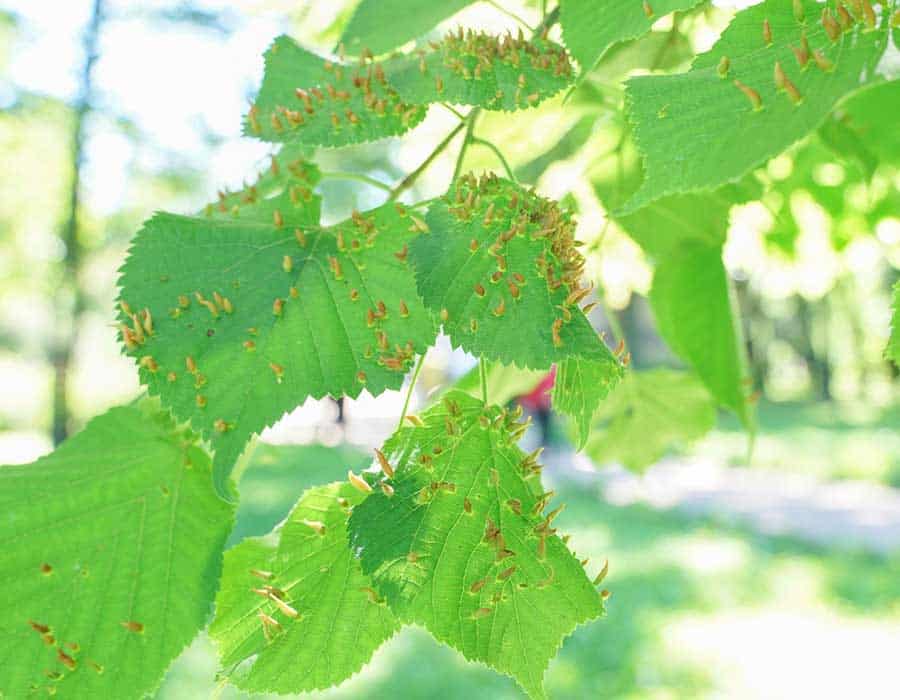
So, it may seem that all aphids can fly, but that’s not true. Many aphids are wingless, and they travel by crawling.
Interestingly, even the aphids that have wings are not the best fliers. This is because they have wings for a particular purpose only.
So, Which Aphids Do Have Wings?
Aphids with wings are referred to as nymphs. These are young insects that go through incomplete or no metamorphosis. As a result, they are hatched quickly and are often born with wings.
But why does this quick hatching happen? When a plant gets populated, the female aphid produces eggs that hatch and match quicker than normal. This process results in nymphs with wings flying to other plants and laying eggs to increase their population.
If you haven’t figured it out already, winged aphids are females only and usually appear in the spring season. They have wings to travel from one plant to another and lay eggs as required.
You may ask, why only spring? It is because the months of spring witness the highest population of aphids. Besides, the flowers bloom and become attractive to these bugs in these months.
That said, even the aphids that have wings are bad fliers. They can’t use their wings for long-distance flying or to run away from a potential predator.
In fact, after reaching their desired plant, most winged aphids lose their wings. And then, after that, they complete the process of metamorphosis to become adults.
How Do Aphids Survive from Predators?
Since most aphids can’t fly, how do they escape from predators? Here are some tactics that these bugs naturally use to keep themselves safe.
They Use Their Protectors
Do you know that aphids have protectors? Ants help aphids escape from predators, and there is an interesting reason for this generosity.
Ants protect aphids because the latter provide them with honeydew for consumption. So, to maintain their consistent supply of food, ants make sure that aphids stay safe.
Aphids produce honeydew on their own, and since this substance is pretty sweet, it is loved by ants. Unfortunately, ladybugs are the main aphid predators, so the ants usually have to deal with them to protect the tiny bugs.
In addition, ants also help aphids protect their eggs. Again, quite rare, but at times, ants bring the eggs of aphids to their nests to ensure their safety.
Drop Method
Whenever aphids suspect a predator, they lose their grips and fall to the ground from the leaves. This tactic, known as the drop method, doesn’t hurt them. Instead, it offers them an opportunity to crawl away from the predator.
Are Aphids Dangerous?
While most aphids can’t fly, their restricted movement doesn’t make them less dangerous. If you have plants, stems, flowers, and buds in your garden, aphids can suck the nutrients, harming their growth.
Simultaneously, aphids can also remove sap from plants, leading to withering and death. In addition, the honeydew excrement of aphids can also grow on plants and result in sooty mold growth. This mold impairs photosynthesis and is also one of the biggest reasons for promoting fungal diseases.
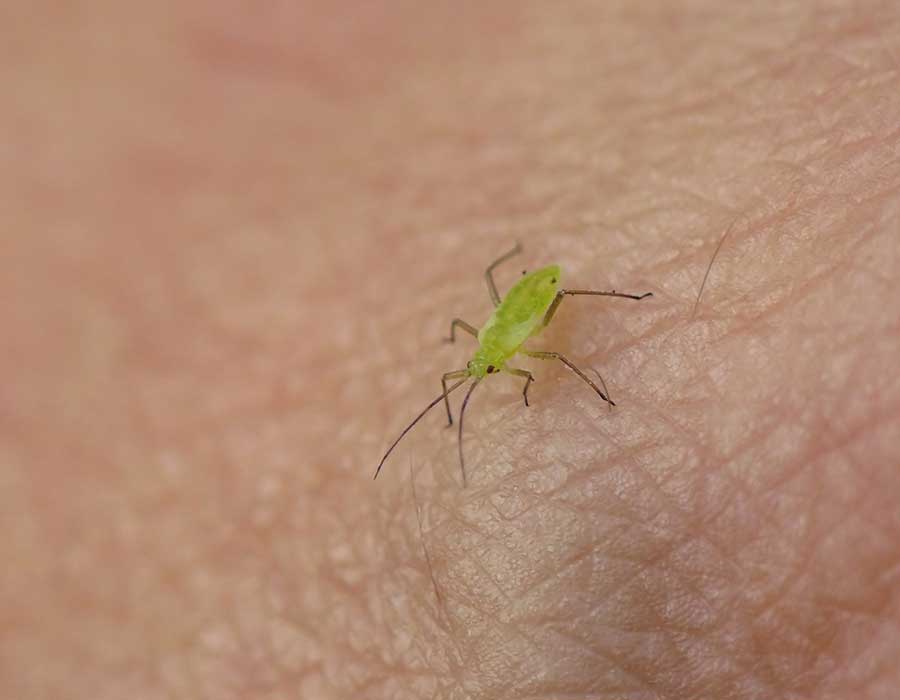
Feeding aphids can distort or deform the fruits and flowers. Some species also form galls on the leaves and roots of plants. These insects can also transfer viruses from one plant to another, which eventually may attract insects such as ladybugs, resulting in more damage.
So, to save your plants from these bugs, it is best to follow specific tips to get rid of aphids. Here are a few we have shared.
- Spray the affected plants with a stream of water to dislodge these insects. This blast of water will push the aphids away, making it difficult for them to find their way back to the same plant.
- Products such as insecticidal soaps, horticultural oils, and neem oil help eradicate aphids efficiently. However, using them correctly is imperative to get rid of these bugs.
- A solution of soap and water can also help eliminate aphids. Use this solution two to three times on your plants to get the desired outcome.
- Diatomaceous Earth is a non-toxic and effective substance that proves beneficial against aphids. However, make sure not to use it when the plants are blooming, as it can also kill the pollinators.
Final Takeaway
In this article, we learned that most aphids can’t fly and those that can only use their wings for a small purpose: to move from one plant to another. Once their mission is accomplished, aphids’ wings fall off and they become adults.
However, while these bugs can’t fly, aphids can crawl and can cause significant damage to your plants. So, if aphids have attacked your garden, either go for natural methods or use insecticides to get rid of these bugs for good.


